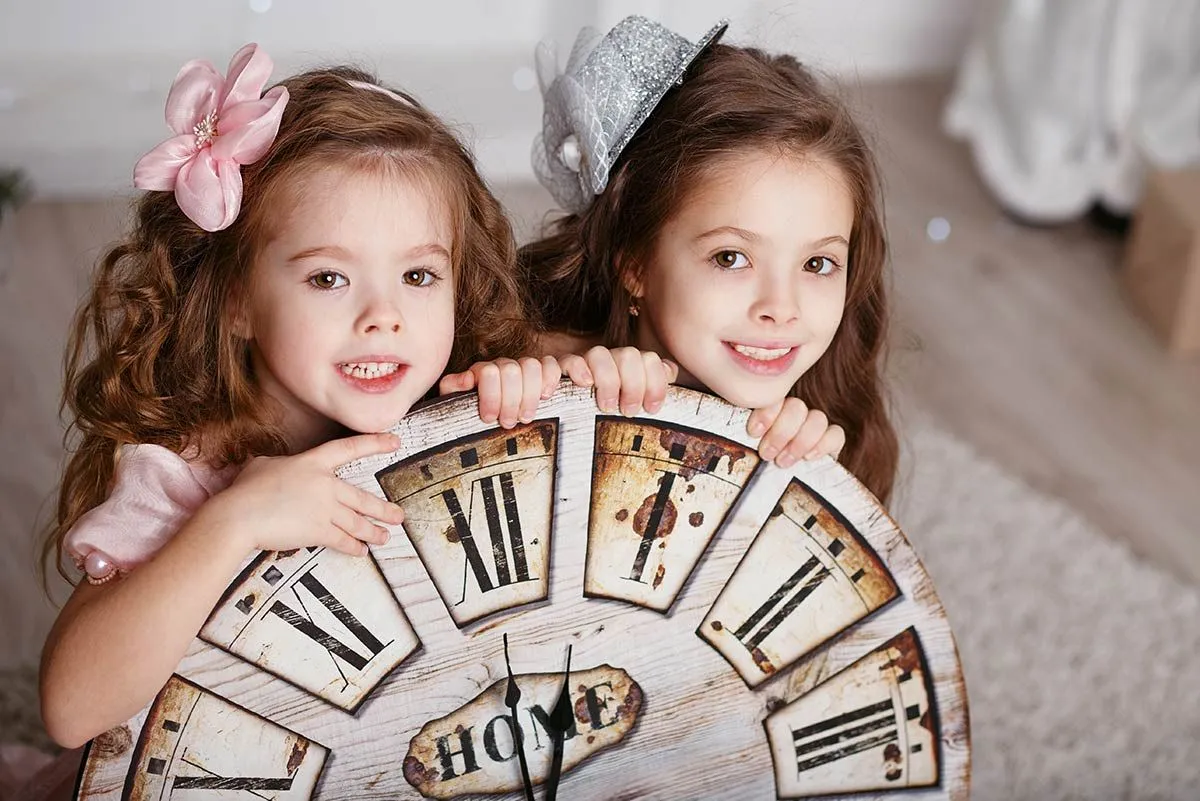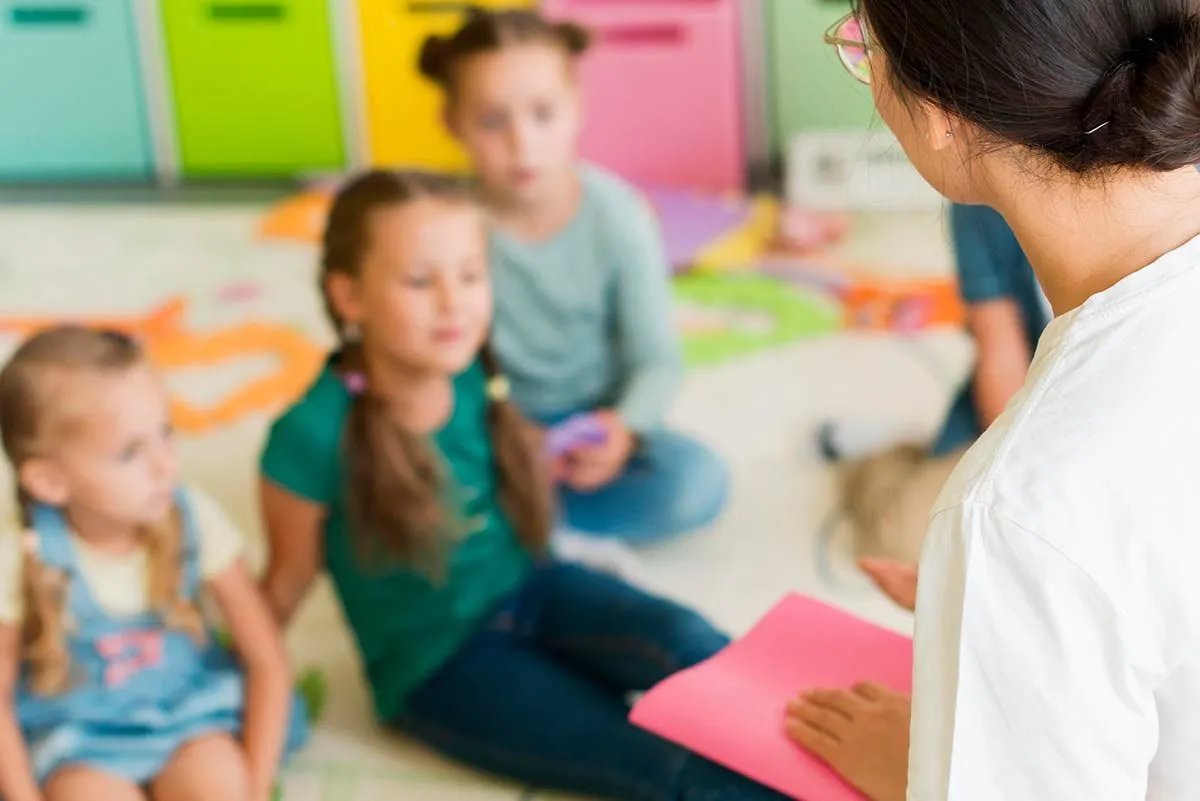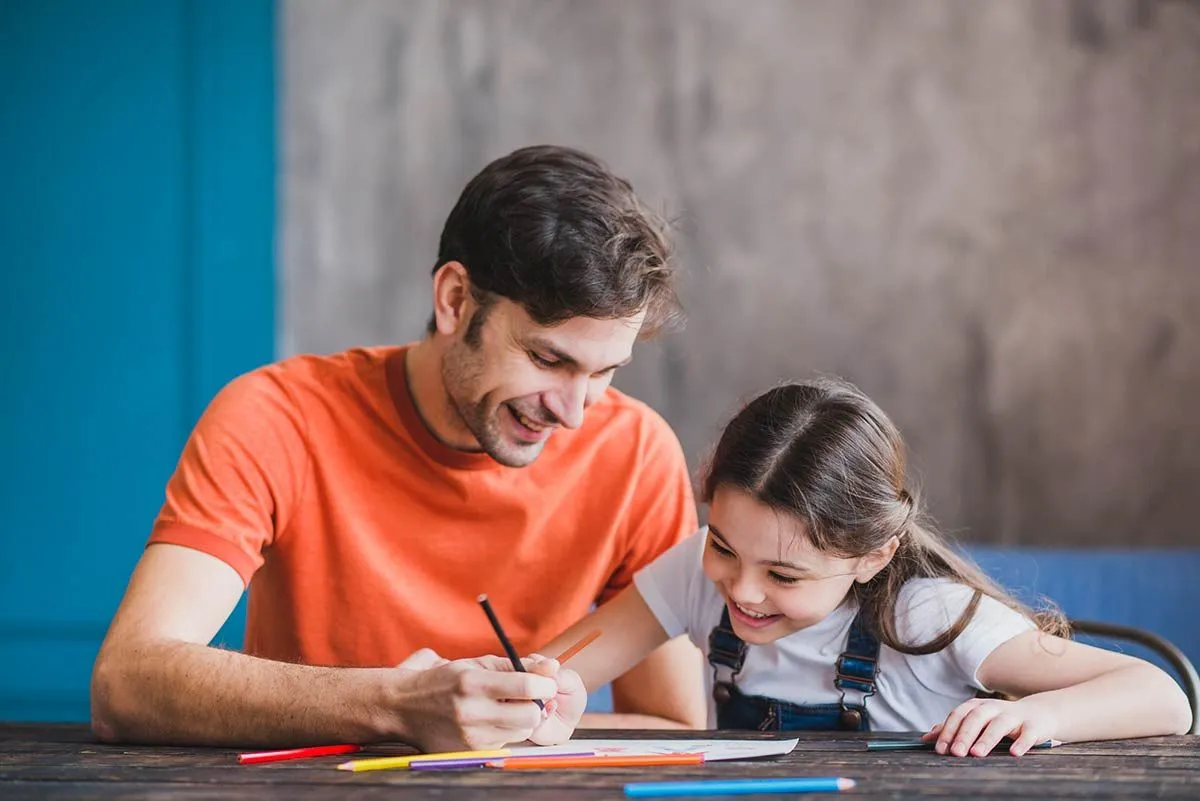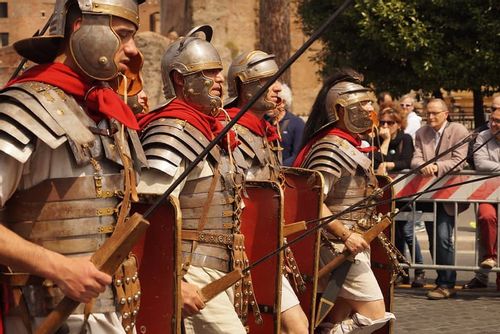FOR AGES 5 YEARS TO 9 YEARS
Image © drobotdean, under a Creative Commons license.
Learning how to read a clock and tell the time is a difficult skill to master and something that requires a lot of time and mental capacity for children.
The concept of time is a pretty abstract notion, and so teaching time and showing a child how to interpret what they're seeing on the clock face can be a daunting task for parents. And, of course, there are two different types of clock to consider - the analogue clock and the digital one.
But don't worry this guide has all the information you need to make learning to tell the time as fun and simple as possible!

Image © zhekovanata, under a Creative Commons license.
Every child is different of course, but it is generally believed that children in KS1 and KS2 at school (particularly between the ages of six and eight) are ready to be taught how to tell the time.
The Primary National Curriculum in England states that in Year 1 (ages five and six) pupils should be taught how to tell the time to the hour and half past the hour and also be shown how to draw these times on a clock face. Teachers will also introduce the language of time telling, such as using "o'clock" and "half past" along with the number of the hour.
In Year 2 (ages six and seven) children will be taught the number of minutes there are in an hour and how many hours in a day. They will also learn how to tell the time in five minute increments and learn how to draw these times on the clock. Terms such as "quarter past, "half hour", "hour hand" and "minute hand" will all be introduced.

Image © freepik, under a Creative Commons license.
In Year 3 (ages seven and eight) pupils will learn how read Roman numerals from I to XII, and also how to read different clocks like a 12 hour clock and a 24 hour clock. They will become much more proficient at estimating the time to the nearest minute and even second. In Year 4, eight and nine-year-olds will be taught how to convert times from different clocks and how to correctly write down and record these times.
Sounds simple right? But if you're trying to instruct your child in telling the time at home it can be a frustrating and long process to help your child understand such a complicated concept. It's important not to get impatient as telling time requires a lot of effort from your child's working memory, which can easily get overloaded if you throw too much at it at once. Slowly is the best way to approach teaching clocks, and remember even though it seems second nature to you as an adult now, once upon a time you were in your child's position trying to decipher what on earth all the hands on the clock are trying to say.

Image © freepik, under a Creative Commons license.
1. It's best to focus on analogue clocks first and then progress onto digital, as this is how time telling is taught in the classroom.
2. Focus on the numbers first. If your child can't count easily to 60, then telling the time is going to be extremely difficult for them. so first things first, spend time making sure they can fluently count to 60 and that they can also count to 60 in 5s (so, 5, 10, 15, 20, 25, 30...), as this will be important when they come to learn about 5, 10 and 15 past the hour.
3. Help them understand the concept of time. Time is abstract so it's really difficult to teach and learn. Try and introduce the concept in a way that your child will relate to. So talk about their average day: when they get up, when they have breakfast and when they go to bed. Put these into time brackets like morning, afternoon, evening and night time. Once they understand these divisions of the day you can explain that each has a set of hours associated with them.

Image © freepic.diller, under a Creative Commons license.
4. Make it fun and hands-on! You don't have to be a creative genius to make a clock face with your child. Just grab a paper plate and write the numbers of the hours round the edge. You can make an hour hand and a minute hand or simply use a long pencil and a short pencil. It's really that easy.
5. Why don't you turn teaching time into a game? Children always learn best when they're having fun so now you have your paper plate clocks you can make a game of it by saying increasingly hard times of the day and asking your child to represent that time on their homemade clock. Children love a bit of competition so you could turn this game around and ask them to test you (making sure to get a few wrong of course!)
6. Don't just teach when you're in 'teacher' mode. Time happens constantly so this is one of those parenting tasks that you can build into everyday life and not feel like you have to set aside an hour or so each week to focus on. Once you've introduced the concept of time, make it relevant in daily tasks. Comment on what time it is when you have a meal, or mention the duration of something that happens every day like a bath. Remember to regularly ask kids to tell the time throughout the day. Linking time to something enjoyable will really speed up the learning process. For Example: "You can watch TV in ten minutes. You tell me when ten minutes have passed on the clock!"
Read The Disclaimer
At Kidadl we pride ourselves on offering families original ideas to make the most of time spent together at home or out and about, wherever you are in the world. We strive to recommend the very best things that are suggested by our community and are things we would do ourselves - our aim is to be the trusted friend to parents.
We try our very best, but cannot guarantee perfection. We will always aim to give you accurate information at the date of publication - however, information does change, so it’s important you do your own research, double-check and make the decision that is right for your family.
Kidadl provides inspiration to entertain and educate your children. We recognise that not all activities and ideas are appropriate and suitable for all children and families or in all circumstances. Our recommended activities are based on age but these are a guide. We recommend that these ideas are used as inspiration, that ideas are undertaken with appropriate adult supervision, and that each adult uses their own discretion and knowledge of their children to consider the safety and suitability.
Kidadl cannot accept liability for the execution of these ideas, and parental supervision is advised at all times, as safety is paramount. Anyone using the information provided by Kidadl does so at their own risk and we can not accept liability if things go wrong.
Kidadl is independent and to make our service free to you the reader we are supported by advertising.
We hope you love our recommendations for products and services! What we suggest is selected independently by the Kidadl team. If you purchase using the buy now button we may earn a small commission. This does not influence our choices. Please note: prices are correct and items are available at the time the article was published.
Kidadl has a number of affiliate partners that we work with including Amazon. Please note that Kidadl is a participant in the Amazon Services LLC Associates Program, an affiliate advertising program designed to provide a means for sites to earn advertising fees by advertising and linking to amazon.
We also link to other websites, but are not responsible for their content.
Was this article helpful?



Browse Category



We’ll send you tons of inspiration to help you find a hidden gem in your local area or plan a big day out.



Check your inbox for your latest news from us. You have subscribed to:
Remember that you can always manage your preferences or unsubscribe through the link at the foot of each newsletter.